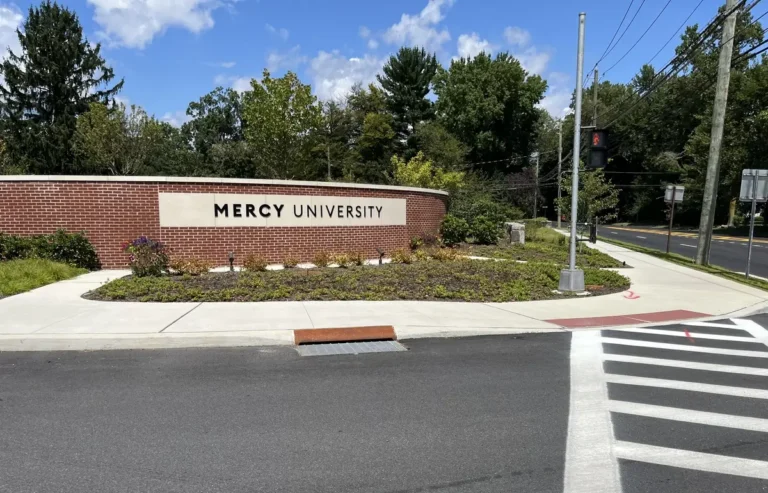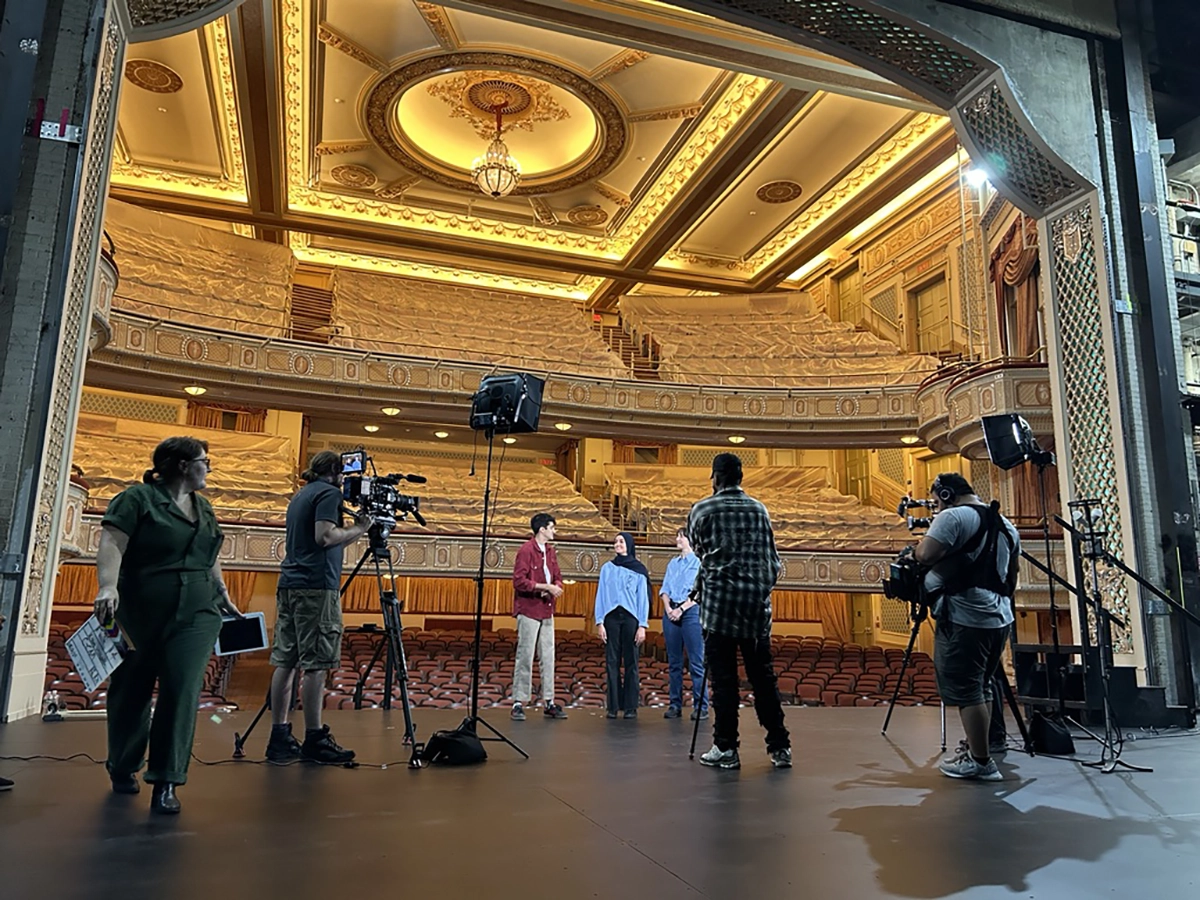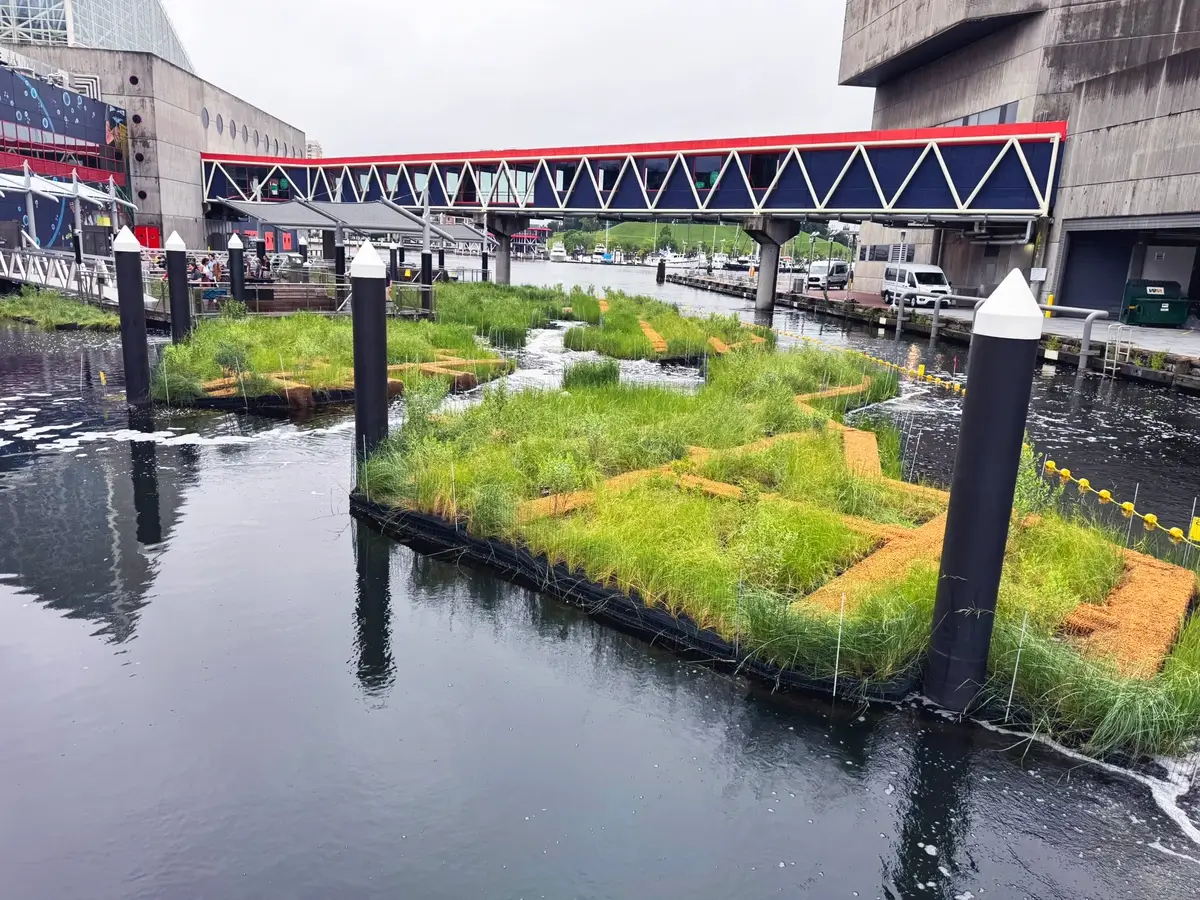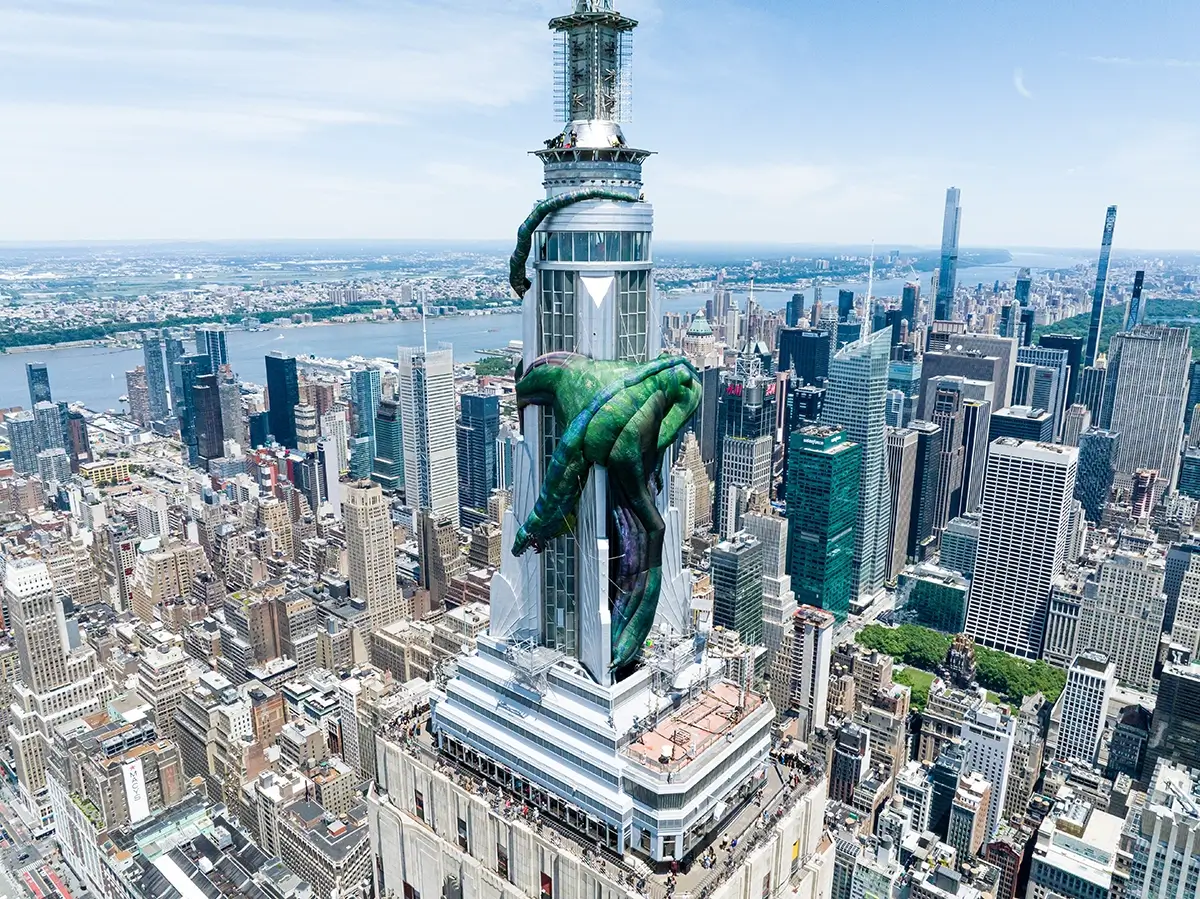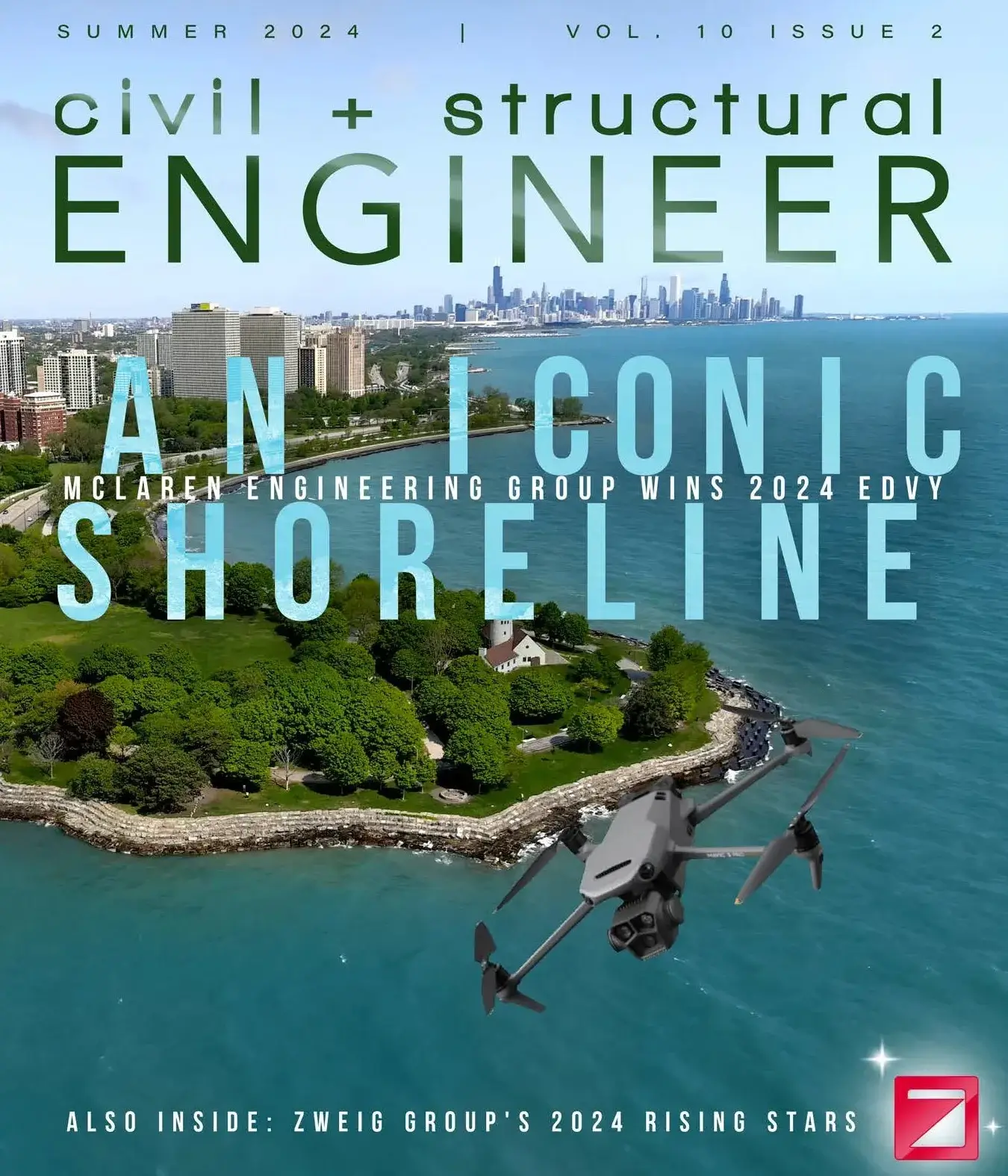HRSG Tallest, Heaviest Object Moved Down Hudson River
McLaren was enlisted to complete a Trip in Tow survey report that analyzed the move of a newly built $195 million, 130-foot-tall, 4,000-ton heat recovery steam generator. McLaren also provided construction engineering services for this massive generator that was successfully moved from the Port of Coeymans in Ravena, NY, down the Hudson River, to its permanent location at a power plant in Sewaren, NJ. Its trip made national headlines as the tallest, heaviest object to ever move down the Hudson River.
The McLaren Difference: Applied Ingenuity
Our team conducted a full Trip in Tow survey consisting of a Trip in Tow report and barge inspection. McLaren also conducted reviews of the stability during generator loading and unloading, ballasting plan for the barge as well as the lashing plan for transit. Prior to departure, McLaren conducted a full inspection of the generator and barge to ensure the barge was safe for transit.
A navigation study was also conducted by the firm, offering a review of tides, currents and water levels at the port of departure and port of arrival and other critical points on the Hudson River.
McLaren assembled a transit plan that included timing and navigation so the HRSG (heat recovery steam generator) could arrive at low lying bridges and other obstacles, at either low tide or slack current to pass safely. The barge traveled 170 miles in two days and was delivered on-time.

